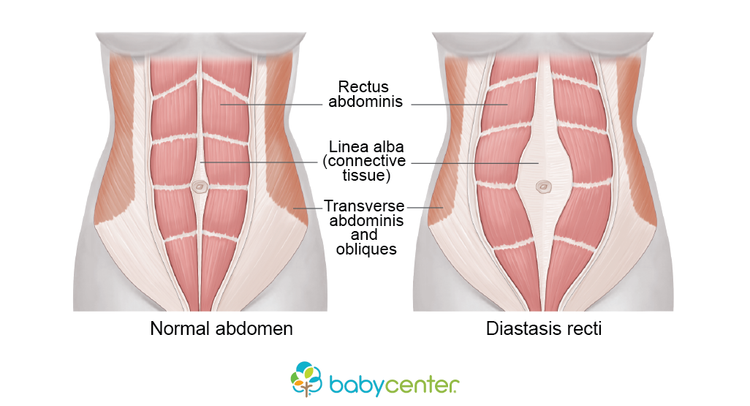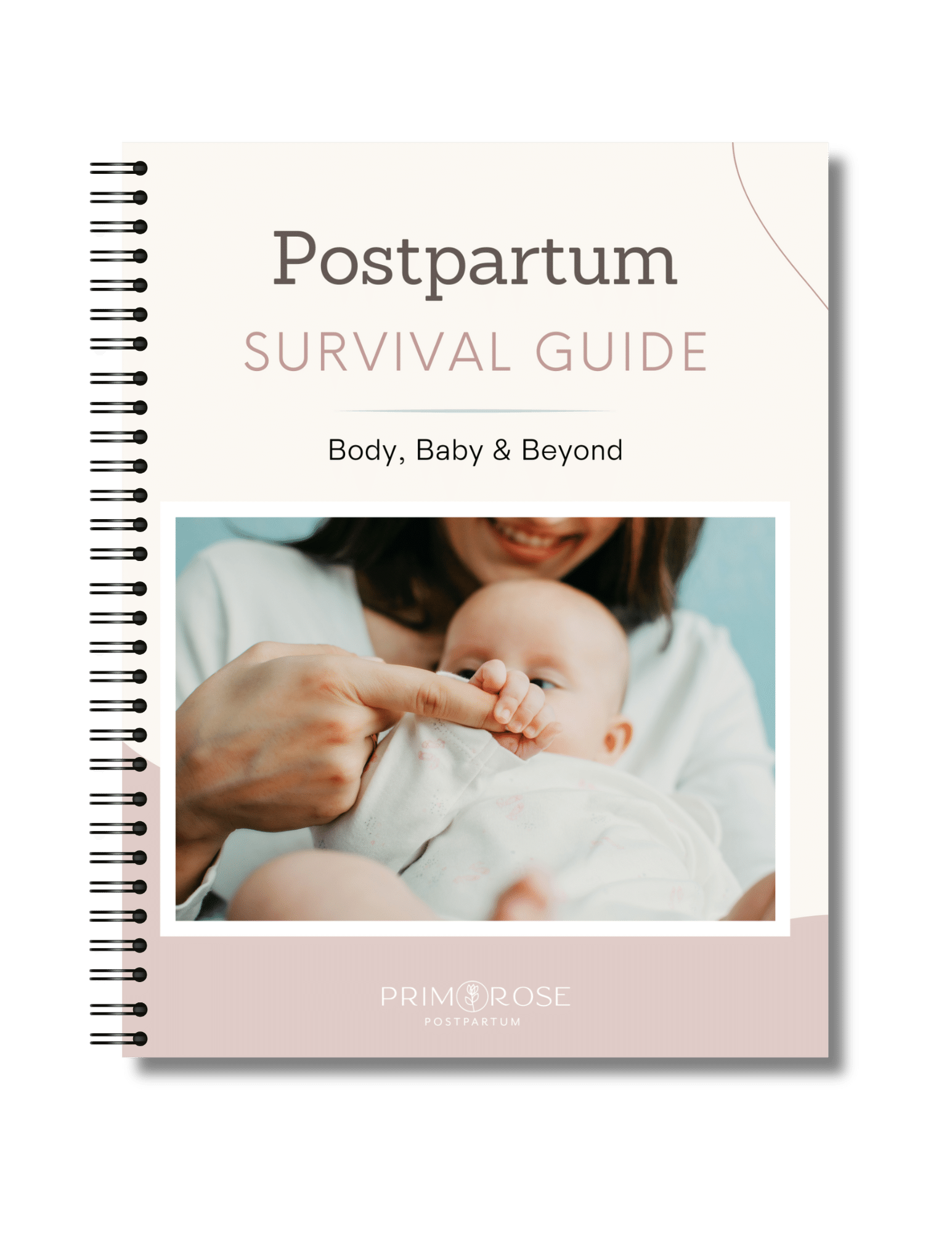BLOG
Diastasis Recti

This month’s blog post has nothing to do with sleep. I know that’s weird considering I’m a sleep coach and my business is devoted to all things sleep, but bear with me, this is a relevant topic for many mothers. I wanted to talk a little bit about something my OB/GYN never mentioned or checked for after the birth of my sons. There’s this thing that sometimes happens to women after pregnancy; especially if you carried a large baby or if you’ve been pregnant multiple times. It’s called Diastasis Recti (DR) and until I had my babies, I had never heard of it. The Mayo Clinic defines it as “A condition in which the large abdominal muscles separate.” Basically, your rectus abdominis separates, leaving a space between both sides of your “six-pack” muscles. Now normally, over the 6-8 weeks of the initial postpartum period, your abdominals will gradually come back together, but sometimes they remain separated, and you may notice that your stomach has a bulge that will not go away even after hours of cardio, crunches or planks. After the birth of my second son, I tried to go running, something I had done my whole life up until my 3rd trimester of my pregnancy. It was the first time I'd gone since giving birth, and I felt extremely weak- I felt something wasn’t right, I had a stabbing pain in my pelvic floor and I had to stop. I was disappointed and scared, I didn’t know what was wrong or why I was feeling like this 3 months postpartum. I did some research and found out that I had DR.

How do you know if you have diastasis recti? Here’s an at-home test that you can do:
- Lie on your back with your knees bent, and your feet flat on the floor.
- Place one hand behind your head, and the other hand on your abdomen, with your fingertips across your midline-parallel with your waist around your belly button area.
- With your abdominal wall relaxed, gently press your fingertips into your abdomen.
- Roll your upper body off the floor into a “crunch,” making sure that your ribcage moves closer to your pelvis. You don’t need to come up very high, just a few inches is enough.
- Move your fingertips back and forth across your midline, feeling for the right and left sides of your rectus abdominis muscle. Test for separation at, above, and below your belly button. Measure the separation with your fingertips.
What you’re looking for:
Signs of diastasis recti
- A gap of more than 2 1/2 finger-widths when the rectus abdominis is fully contracted.
- The gap does not shrink as you contract your abdominal wall but remains open, you may not even feel the sides of your rectus abdominals when contracting up off the floor.
- You can see a mound protruding along the length of your midline, almost like a dome shape, coming up from in between your abdominals.
You’ve done the test and you have determined you have diastasis recti, what can you do?
Obviously, you first want to speak with your doctor, to make sure that they agree with your conclusion, and assess you for any other issues that you may have. After you’ve been assessed, here are some things that I would suggest: stop doing crunches, planks, push-ups, Pilates, oblique twists- basically anything that “jack knifes” the body, these will only make the problem worse by putting stress and pressure on your rectus abdominis and not allowing them to come back together. I know that it’s difficult, but to correct the problem, you have to start at the foundation of everything; you have to be gentle with yourself and allow your body to heal. By correcting your alignment and focusing on your deep transverse abdominis you will learn to use your deep core muscles. Then you need to strengthen your transverse abdominis muscle in a way that will draw your rectus abdominis muscle (the six-pack, outermost one, the one that has separated) back in together, pulling your belly back in to become flatter and stronger.
The program I used and still use every day is MuTu System- I love this program and I tell everyone who has had a baby or is pregnant about it. If you are reading this and you’re currently having problems with a weak pelvic floor, or if you are struggling to regain the function of your core and lose the weight in your midsection, this program is right for you. Whether you are a new mom trying to gradually get back into exercise, or you had your baby 10 years ago- Mutu System can work. I have learned to be aware of my core and how it functions in a way that I was never aware of before pregnancy, which eventually is how I finally closed the space between my abdominals and healed my body. Now, just because it’s gentle does not mean it is easy, it is a different kind of core workout than you’ve probably done before, but don’t let that fool you, it works! The people behind it are amazingly supportive and knowledgeable in all things DR related. If you have questions or are interested please contact me or click on the link below.
For more information go to: https://mutusystem.com.

 ACCESS NOW
ACCESS NOW


